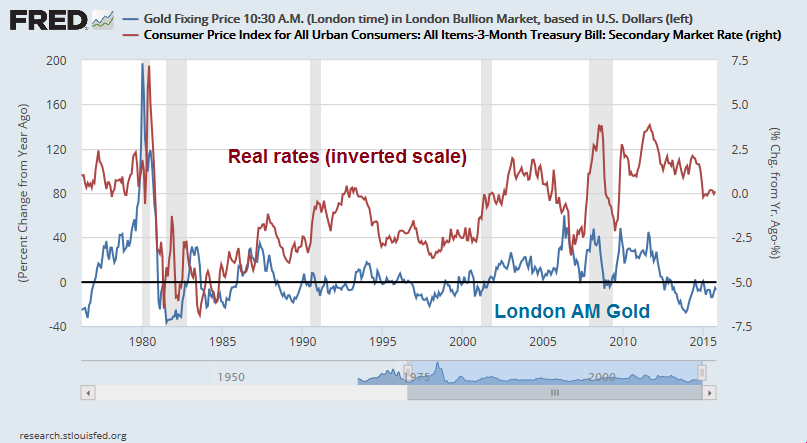This is another in a series of occasional posts on quantitative analysis. I am indebted to Josh Brown for pointing me to an article by Larry Swedroe, which discusses a study on demographics and real interest rates. While I found that I can derive significant insights from single variable studies like these, the world is more complex and univariate analysis illustrates the pitfalls of relying on single variable models.
Swedroe noted that the study found that rising life expectancy is a driver in the decline in real interest rates:
In their study, Carvalho, Ferrero and Nechio presented country-pair comparisons in order to provide some anecdotal evidence for these relationships within the data. The key result from the model is that the demographic transition—and, in particular, the increase in life expectancy—drives the decline in the real interest rate observed during the last 2 1/2 decades.
To perform their analysis, they considered data for two base years: 1990 and 2005. They then calculated “five-year averages, centered at 1990 and 2005, of the short-term real interest rate and life expectancy … . For example, in 1990, Thailand and Singapore had similar projected change in life expectancy, but differed in their short term rates and life expectancy. Singapore had higher life expectancy and lower short-term yields. Similar patterns hold for other country-pairs, such as Egypt-Tunisia in 2005, and India-Indonesia in the same year. All three pairs of countries featured similar projected changes in life expectancy, and the country with higher life expectancy also had lower short-term real interest rates.”
Based on the results of their analysis, the authors went on to state the policy implications of their findings.
Gold and real interest rates
While I found that that this study of age demographics gave me some important insights into the mechanism behind the driver of real interest rates, something didn’t add up for me.
Investors know that the price of gold has shown an inverse relationship to real interest rates. As real rates rise, gold prices tend to fall and vice versa. The chart below shows the relationship between the 12 month change in gold prices (in blue) and real rates (in red, inverted scale) and their approximate inverse relationship.
Here is what`s bothering me:
- Why did gold perform so badly during the 1990-2000 period in the face of the positive effects of rising life expectancy on real rates?
- Is the inverse relationship between gold and real interest rates affected by another significant variable, such as monetary policy net of demographic effects?
Something isn’t adding up. These kinds of studies just raise more questions and illustrate the difficulties of single variable, or factor, analysis.
Disclosure: None of the information or opinions expressed in this blog constitutes a solicitation for the purchase or sale of any security or other instrument. Nothing in this article constitutes investment advice and any recommendations that may be contained herein have not been based upon a consideration of the investment objectives, financial situation or particular needs of any specific recipient. Any purchase or sale activity in any securities or other instrument should be based upon your own analysis and conclusions. Past performance is not indicative of future results.


